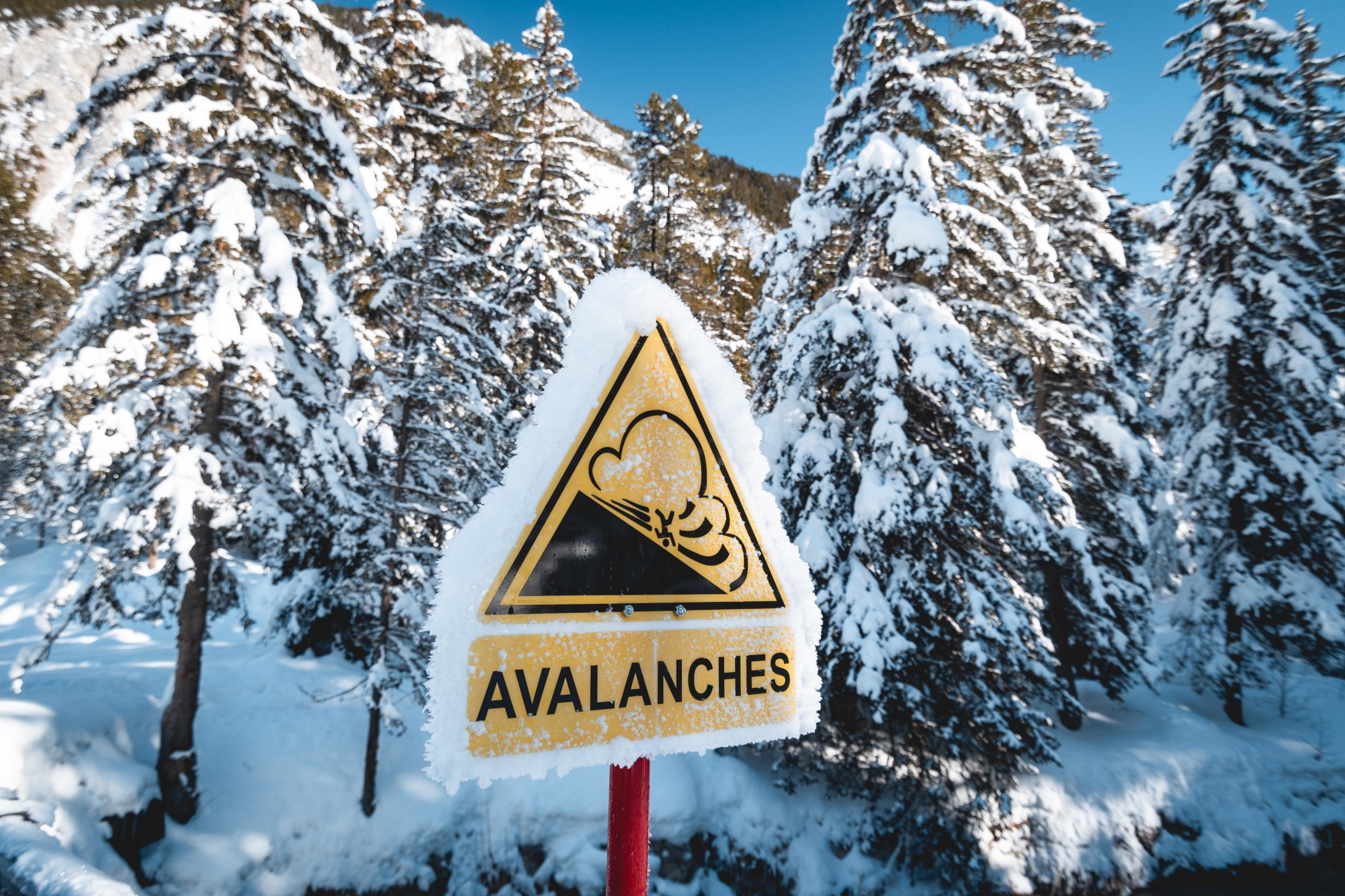
Heavy Rain, Flooding, and Chance of Severe Weather Staring Down the Southern U.S.
January 22, 2024
Posted: December 21, 2023 3:21 pm





According to the U.S. Department of Agriculture (USDA), the country experiences about 100,000 avalanches each year. These avalanches are responsible for killing an average of 28 people each season. Understanding how to protect yourself during these deadly snow events can go a long way in improving the odds that you survive the natural disaster. Here is what you need to know.
As with all potentially severe weather events, avoidance is always the best strategy. While you cannot predict an avalanche entirely, there are tools put in place to help you to determine the risk before heading up into the mountains. For instance, Avalanche.org is an online tool that will help you to check the avalanche forecast in your area. The tool is a partnership between the American Avalanche Association and the U.S. Forest Service that aims to rank avalanche danger from low to extreme.
The threat designation is determined by experienced avalanche forecasters who are trained to observe conditions such as temperature, humidity levels, wind, and snowpack to discern the risk. The level of threat is regularly updated and posted on the online tool, making this a must-have resource if your travels take you up into the mountains during the winter.
Savvy winter sports enthusiasts understand the importance of properly gearing up. In most cases, emergency services can be a significant distance from the backcountry. This makes it important to not have to rely on outside assistance.
Essential gear to take with you into the high country includes a shovel, a probe, and an avalanche beacon. A beacon is a specialized radio transceiver that pinpoints your exact location. You should always turn on the transceiver when you arrive in the mountains. In the case of an avalanche or other disaster, the transceiver will transmit to others where you are located.
A probe is a collapsible fiberglass pole that can be used to measure the depth of an individual buried in the snow. It will also help to locate a missing person as you probe it around. You can then use the shovel to dig somebody out.
In addition to heading out with the right gear, you also need to take time to equip yourself with the appropriate avalanche rescue training resources. A good starting place is the Avalanche.org interactive online tutorial. This will give you a basic understanding of how you can properly recognize dangerous conditions. It will also teach you how to use the recommended gear. You can take this education one step further by signing up for one of the many in-depth workshops or training courses offered by the website.

Despite your best preparations, you can never guarantee that you will not get caught in an avalanche. There are a number of factors that impact the survival rate. These influencing factors include how deep you are buried, how long you are under the snow, and the severity of the injuries suffered when knocked down by the snow.
If you hear or see the unmistakable rumble of an avalanche, the first thing to do is try to get out of the way as quickly as possible. Experts advise that it is best to move diagonally to the avalanche. You can also try to move toward the edge of the stream of snow so that you are not caught up in the deepest part.
If you simply cannot avoid being swept away, you should attempt to move your feet downhill so that your lower body takes the brunt of the impact. It is also a good idea to try to curl up in a tight ball to protect the head from the force of the snow.
Lastly, traveling with others who are also properly equipped and trained will greatly raise the odds that everyone in the group makes it out safely.
Did you find this content useful? Feel free to bookmark or to post to your timeline for reference later.

January 21, 2024

January 19, 2024

January 18, 2024